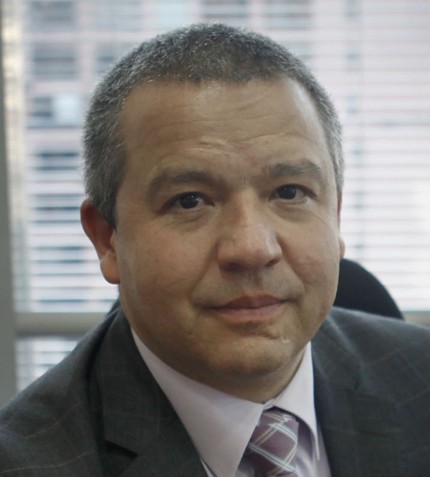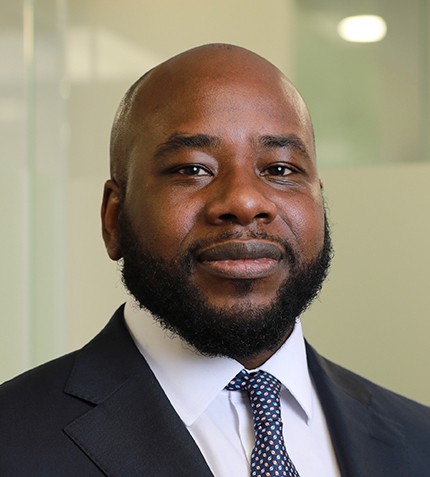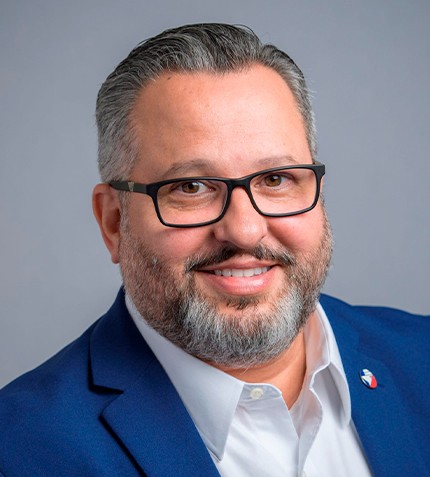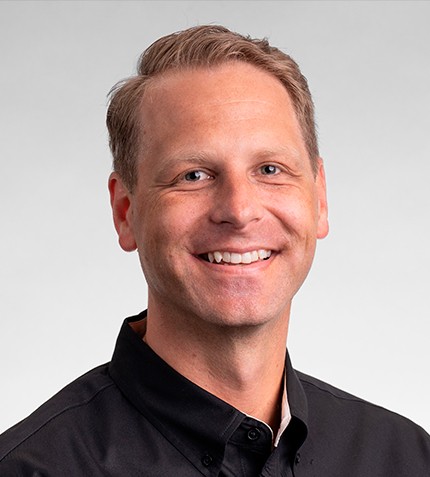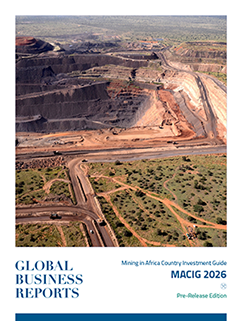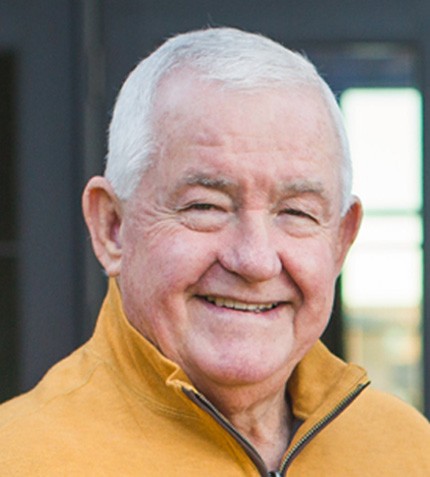
"We do customized supply to our customers’ drawings and have a mechanical engineer who is extremely conversant in designing castings."
Howard M. Portz
CEO, WESTERN CAST PARTS LLC
Can you give a brief overview of Western Cast Parts?
Today, WCP remains a small company with only four people permanently on the team. We also have an engineer who works with us, several representatives, and many dealers. Our geographical footprint spans across Canada and the US, with also some business overseas. We work with several foundries around the world. Unfortunately, there are none in Europe because when they went to the euro, the European foundries became very uncompetitive. Most of our suppliers are either in in China, India, or the Middle East. We like to visit our suppliers on a regular basis to ensure that they are providing the right materials, testing, and everything that we need to supply the mining industry and major equipment manufacturers in North America.
Can you elaborate on the products WCP offers to the mining industry?
The company I worked for was one of the largest suppliers of manganese steel castings, and when I established WCP, our focus was more on manganese castings than anything else. This includes crusher parts, mill parts, and miscellaneous things like feeder pans. Over the years, the company has broadened our product portfolio to include alloy steel, high chrome irons, carbon steel, heat resistant steels, and sometimes on request nonferrous metal products like brass and bronze. We do customized supply to our customers’ drawings and have a mechanical engineer who is extremely conversant in designing castings.
How is WCP able to adapt to the needs of each mining client?
We have longstanding relationships with many our customers and probably 90% of the people we do business with today have been our clients for at least 15 to 20 years. The Covid pandemic has upset our dynamic slightly and we have not been able to go to sites over the past two years, but we continued to keep close contact with our customers through virtual platforms and phone calls. WCP works closely with our customers on a continuous basis to ensure we can offer them what they require.
How has demand for your products evolved in the mining industry considering the current high metals prices?
The mining industry is cyclical, and therefore in our 27 years of business we have seen peaks and valleys. That is the way it has always been, and we have set up the company to be adaptable to this. 99% of our products are made specifically to customers’ orders. We thus do not hold inventory, which helps us keep our costs low and maintain a competitive advantage in the industry. We are able to react quite quickly to the trends. For example, commodity prices have been great over the past year and our business reflects that – we have been extraordinarily busy. With global supply chain challenges experienced over the past few years, we have been as upfront as possible with our customers, and we have all worked well together to mitigate this challenge to still make things happen.
What is WCP’s R&D approach and innovation strategy?
Since WCP is basically a brokerage company, we rely on our partner foundries for R&D. They do a great job in working within their companies to try and improve the materials we work with, which we can then pass along to our customers as applicable. Manganese steel has not really changed much in 120 years since it was developed, but there are small changes that have come about that are being used today.
Can you elaborate on the importance of customer service for WCP?
Having dealt with many large companies myself, customer service is probably one of the most important aspects of our business. Even though we are a small company, we have a big advantage in that we have excellent agents who have been in this business for a long time, great dealers that service our customers’ needs, and we maintain close and direct communication with our clients. As we are a small company, we are able to react fast to customer needs and enquiries and we do most of our quotations within 24 hours.




